|
Contents
U.S. Senator Cory Gardner Introduces Ports‐to‐Plains Highway Act to Designate Future Interstate along the Ports‐to‐Plains Corridor
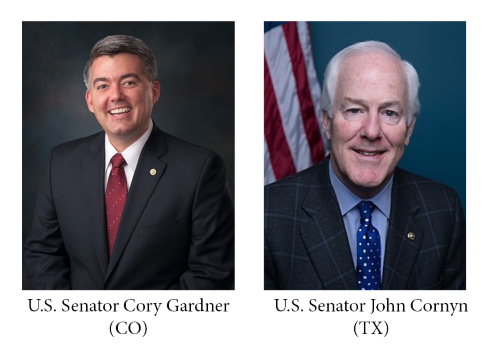
US Senator Cory Gardner (CO) introduced the Ports‐to‐Plains Highway Act (S.4701), a bill to amend the Intermodal Surface Transportation Efficiency Act of 1991 with respect to future interstate designations along the Ports‐to‐Plains Trade Corridor, to the Senate floor on Thursday, Sept. 24. Following the reading, U.S. Senator John Cornyn (TX) signed on to co‐sponsor the legislation, and it was referred to the committee on Environment and Public Works.
“A future interstate designation along the Ports‐to‐Plains Corridor is catalytic for the future of trade in the United States,” said John Osborne, chairman of the Ports‐to‐Plains Alliance. “Not only will we increase the efficiency of transporting imports and exports to our primary trading partners but this project offers significant economic benefits for the communities along the corridor as well as safety benefits for travelers.”
The proposed interstate expansion will move agricultural products from the Ports‐to‐Plains region to urban domestic markets, coastal export markets and to the Canadian and Mexican borders. With connections along the major international border at Laredo, Eagle Pass and Del Rio, the corridor generates over $206 billion annually in international commerce with the nation’s top two trading partners, Canada and Mexico.
Along with the nation’s agricultural community, a future designated interstate will serve America’s energy heartland, from traditional resources like oil and gas to renewable resources such as wind, solar and biofuels. Development of these resources is critical to our energy security, providing our country with stable and more affordable power sources.
Travel on the country's Interstate Highways is nearly twice as safe as travel on all other roadways. Road safety will be improved by 268% by mitigating the truck traffic primarily caused by energy and agriculture‐related commerce, which will result in reduced fatalities and injuries, according to TxDOT. As trucks enter the United States at the Texas/Mexico border, I‐35 is the only north/south interstate from Laredo, the No.1 exporting inland port in the U.S. in 2019. Currently, this inland port offers one route to connect these goods and services to their destination. Nearly 600 miles separates I‐35 in Texas, Oklahoma and Kansas and I‐25 in New Mexico and Colorado, making this one of the largest gaps in the U.S. without north‐south interstate connectivity.
The extension of the Interstate Highway would also bring significant economic development to communities along the corridor. Business developers within manufacturing and distribution services recommend locations along an Interstate Highway. With more businesses moving to these communities, additional services such as hotels, truck stops, convenience stores and restaurants see growth. This expansion stimulates local economies and provides additional opportunities to communities along the interstate.
“We are thrilled for this momentous legislation which will designate an interstate along the Ports‐to‐Plains Trade Corridor and bring a significant economic impact to the region as well as safety improvements for travelers on I‐25,” said Cathy Shull, executive director of Pro 15 and member of the Ports‐to‐Plains Alliance board of directors. “Once completed, the infrastructure will alleviate heavy congestion by redirecting freight traffic east, paving the way for future economic development in eastern Colorado and increasing the productivity of drivers transporting Colorado exported goods to Mexico and Canada.”
The Ports‐to‐Plains Act serves as a companion to H.R. 7151, legislation introduced in the U.S. House of Representatives by U.S. Representatives Jodey Arrington (TX‐19), Henry Cuellar (TX‐28), Kay Granger (TX‐12), Mac Thornberry (TX‐13) and Ben Ray Lujan (NM‐3).
Return to contents
Restoring the Interstate Highway System
Meeting America’s Transportation Needs with a Reliable, Safe & Well-Maintained National Highway Network
TRIP, July 2020
The modernization of the Interstate Highway System needs to include the following: reconstruction of the majority of Interstate highways and bridges, including their foundations; the upgrade of most interchanges to improve their function and safety; the addition of capacity along existing corridors, the construction of new routes and the conversion of some existing routes to Interstate standards; the modification of some urban segments to maintain connectivity while remediating economic and social disruption; and, further improvement of highway safety features.
To address the physical and operational deficiencies identified in the TRB report (Renewing the National Commitment to the Interstate Highway System: A Foundation for the Future), annual investment in the Interstate Highway System should be increased by approximately two-and-a-half times, from its current level of $23 billion in 2018 to $57 billion annually over the next 20 years.
Travel on the nation’s Interstate highways is increasing at a rate nearly triple the rate that new lane capacity is being added. From 2000 to 2018, vehicle travel on Interstate highways increased 25 percent, from 662 billion miles traveled annually to 829 billion miles. From 2000 to 2018, lane miles of Interstates in the U.S. increased nine percent, from 208,502 to 226,626 miles. Forty-seven percent of the nation’s urban Interstate highways (8,914 of 19,160 miles) are considered congested because they carry traffic levels that result in significant delays during peak travel hours. Interstate highways Colorado and Texas have 57 percent and 56 percent congested lane miles respectively.
The TRB report (Renewing the National Commitment to the Interstate Highway System: A Foundation for the Future) found that U.S. counties either on an Interstate highway or within 20 miles of an Interstate are anticipated to grow in population through 2060 at a rate approximately seven times greater than counties that are at least 20 miles from an Interstate highway (36 percent versus five percent).
Since 2000, the amount of combination truck travel on Interstates has increased at a rate nearly double the rate of total travel on the system. The Interstate system carried 53 percent of all large commercial truck travel in the U.S. in 2018. Travel by combination trucks on the Interstate Highway System increased 45 percent from 2000 to 2018, nearly double the 25 percent rate of growth for all vehicle travel during the same period.
https://tripnet.org/reports/restoring-the-interstate-highway-system-2020/
https://youtu.be/RQVnhgG6Yg0
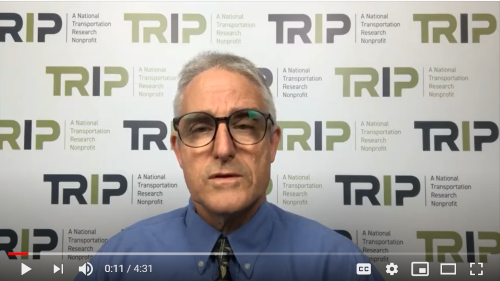
Return to contents
Ports-to-Plains Overview
Source: Ports-to-Plains Corridor Interstate Feasibility Study
The Ports-to-Plains Corridor is the only north-south transportation corridor that connects and integrates the nations’ and Texas’ most strategic economic engines of agriculture production, energy production and international trade and it supports growing population and economic centers of West and South Texas.
Agriculture Production
The Ports-to-Plains Corridor supports the largest agricultural production in the country. The Ports-to-Plains Corridor supports the production and export of agricultural products, generating approximately $11 billion a year in agricultural product sales.
Energy Production
The Ports-to-Plains Corridor facilitates the transportation of supplies for development of energy products to refineries in the Texas Gulf and to border crossings and seaports for exports to global markets. In April 2020, the Permian Basin accounted for over 39 percent of U.S. crude oil production, up from slightly over 18 percent in 2013.3 In 2019, the Permian Basin contributed $9 billion of the $13.4 billion (67 percent) in taxes in royalties to the state. The share of U.S. oil produced in the Eagle Ford has also grown rapidly. In January 2010, the Eagle Ford Shale accounted for one percent of U.S. crude oil produced, but in April 2020, it accounted for 11.3 percent of the nation’s crude oil production. In 2016, the Eagle Ford Shale contributed $3.1 billion in state and local revenues.
International Trade
The Corridor connects the state’s and the nation’s strategic trade gateways of Laredo, Eagle Pass, and Del Rio to destinations north, west and east. In 2019, Laredo, Eagle Pass, and Del Rio border crossings handled over $262 billion, or 66 percent, of Texas-Mexico cross-border trade and 50 percent of U.S.-Mexico trade, and over 2.6 million northbound truck crossings.
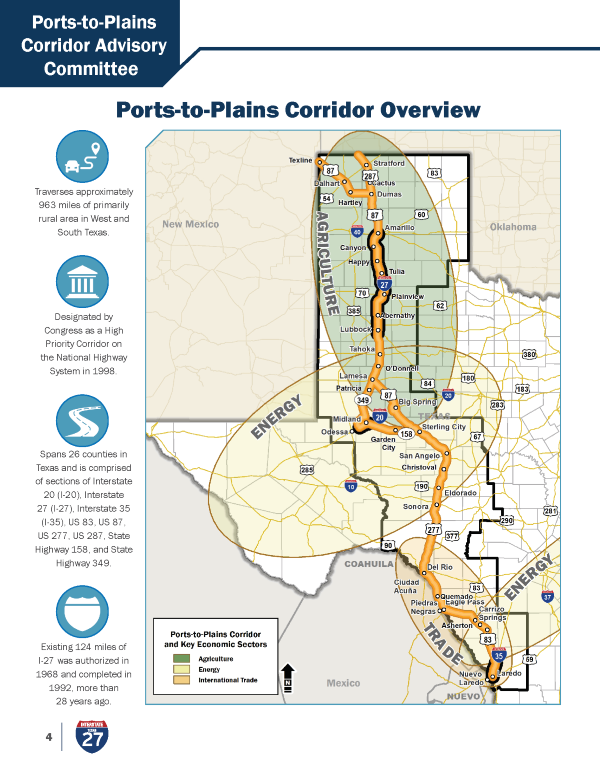 Link to above graphic (pdf) Link to above graphic (pdf)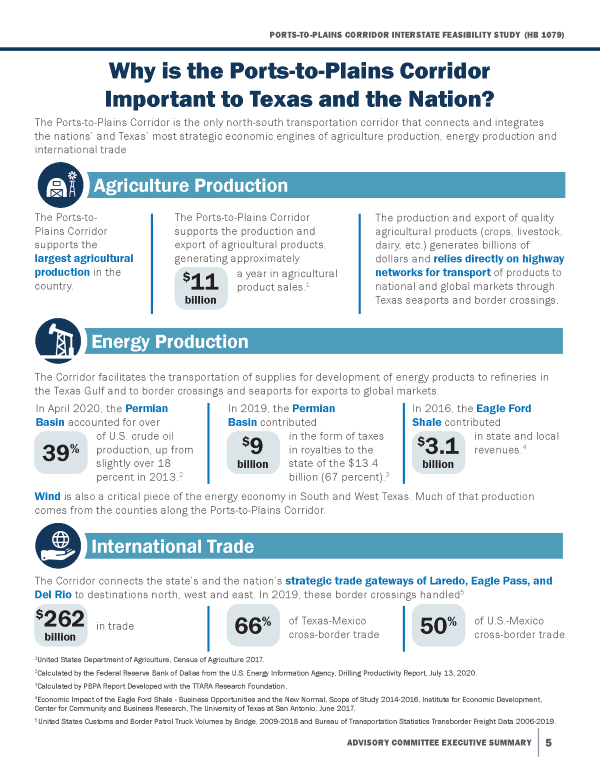 Link to above graphic (pdf) Link to above graphic (pdf)
National Defense and Security
Source: Ports-to-Plains Corridor Interstate Feasibility Study
The Ports-to-Plains Corridor plays a key role in the nation’s defense and security with several military installations and border security and enforcement facilities located along the Corridor. STRAHNET9 is a network of highways that are important to the United States’ strategic defense policy and which provide defense access, continuity and emergency capabilities for defense purposes. Approximately 469 miles of the Ports-to-Plains Corridor is on the strategic highway network.
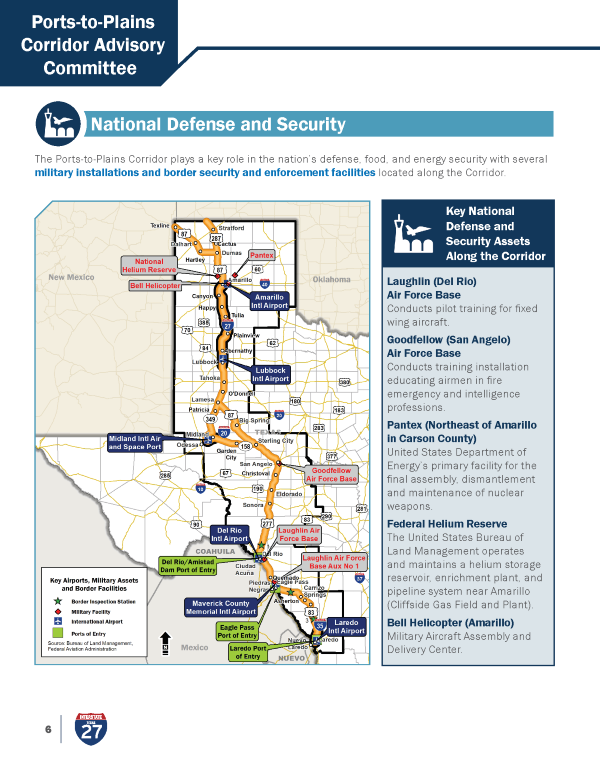 Link to above graphic (pdf) Link to above graphic (pdf)
What are the Key Corridor Challenges?
Source: Ports-to-Plains Corridor Interstate Feasibility Study
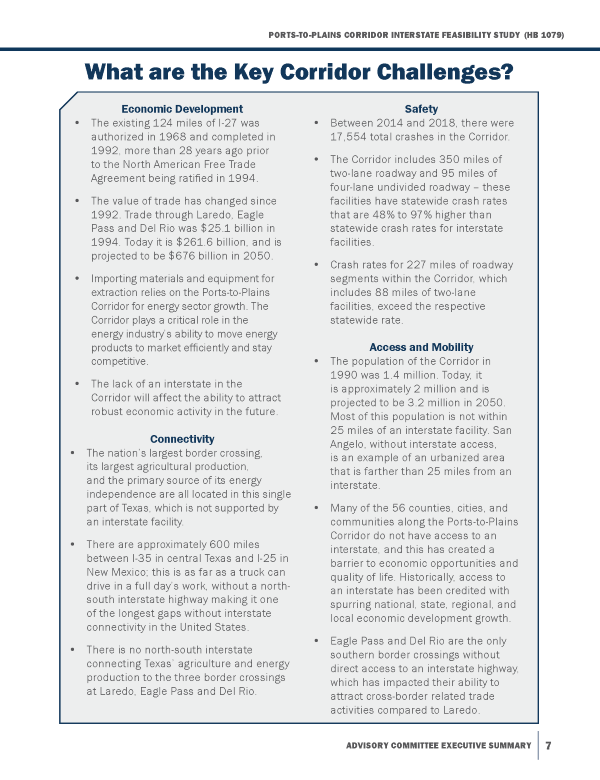 Link to above graphic (pdf) Link to above graphic (pdf)
REGISTER for the Virtual Annual Ports-to-Plains Alliance Conference!
2:00 pm - 4:00 pm on Oct. 28, 2020
Registration is FREE!
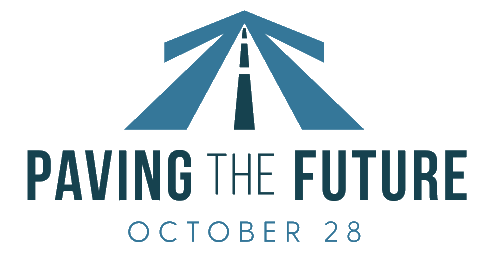
Check out the newest Ports-to-Plains Video!
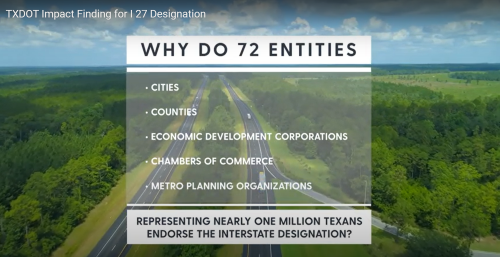
Click to View This Video
Return to contents
|